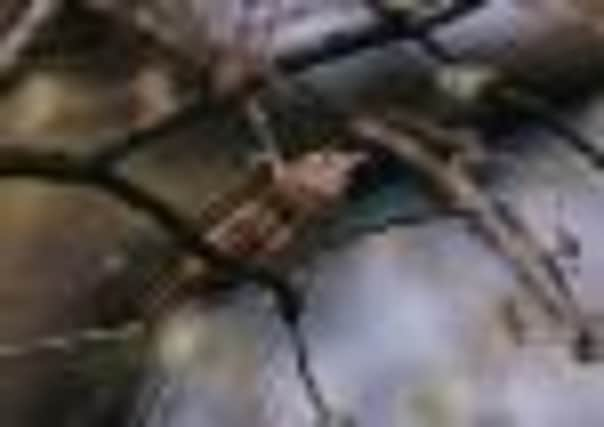Country & Coast: The phantom nightingale of Byland Abbey could have been a warbler


I heard this tale when I first came to live in the area and even now it is repeated as if it was true. But pinning the story down to a date or even a reliable witness has always been impossible and the folks who reckoned they heard the bird have long since gone to their own place in the sky.
However, I can state quite firmly that I have both heard and seen a nightingale – but not in England. We had a family holiday in Spain where we hired a large villa and each night, we all gathered in the garden for our evening meal. And, quite literally every night as we ate around 8pm, a nightingale would appear in the tallest of the garden trees and serenade us.
Advertisement
Hide AdAdvertisement
Hide AdHis song was tremendous and musical, an ideal accompaniment to an evening meal out of doors in summer. And because he appeared each evening at eight o’clock, we called him our Eight O’Clock Nightingale.
The grandchildren were not unduly impressed because he was not at all handsome or brightly coloured. He was rather dull and small with a brown back and off-white under-parts although his tail was a remarkable orange-brown or chestnut colour.
His tail was highly distinctive and sometimes that is the only sight you’ll catch of a nightingale as it dives from cover among the leaves because it is a very shy bird.
If one had to try and describe a nightingale, it is rather like a robin, except slightly larger without a red breast but it is smaller than a song thrush or blackbird.
Advertisement
Hide AdAdvertisement
Hide AdIt is a member of the thrush family which explains its beautiful music, and nightingales have been known to visit England, if only in the south-east. Some years ago, I was informed that a nightingale had been heard on pastureland at Teesside, somewhere between Norton-on-Tees and Billingham.
It was singing at 2am and a passing lorry driver also claimed he had heard it. Clearly, there was a lot of excitement at the time.
However, the singer was eventually identified and it was not a nightingale. It was another talented songster with the skill to imitate other birds and, curiously enough, it is also known to sing at night.
It is a summer visitor which arrives here in the spring and remains until mid-autumn. Its singing skills derive from the fact that is a warbler - a sedge warbler.
Advertisement
Hide AdAdvertisement
Hide AdLike nightingales, these are very shy birds that are most difficult to see as they dart from cover to cover.
Their plumage is an anonymous sort of brown but they can sing.
But if a sedge warbler can imitate snatches of songs from other birds, can it also imitate a nightingale? Maybe this was the phantom nightingale of Byland Abbey?
www.nicholasrhea.co.uk